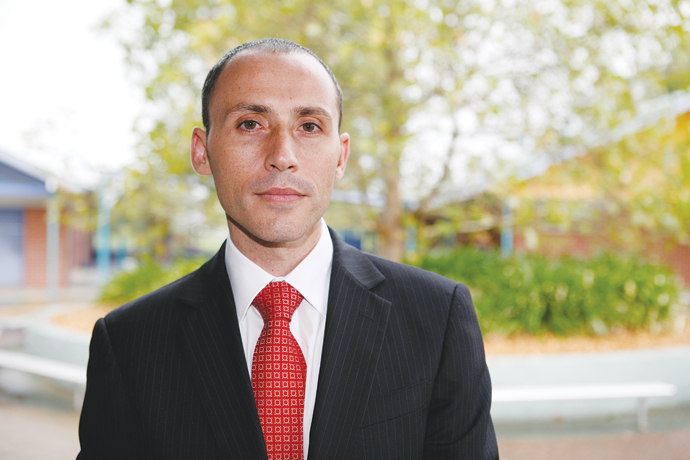Over the past 12 months I have spoken to thousands of local residents about the Federal Labor Government’s Clean Energy Future plan.
A clear majority of the world’s scientists are advising us that we need to take action on climate change and the clear majority of economists tell us the best and most cost effective way to act is by pricing carbon pollution.
I strongly believe that this is the right thing to do for our children and their children.
The fact is, fossil fuels are finite resources and we won’t be able to rely on them forever. It is important that we begin the process of reducing our dependence upon fossil fuels so that we can build a stronger economy for future generations.
The carbon price will cut 159 million tonnes of carbon pollution per year from our atmosphere by 2020, equivalent to the pollution generated by 45 million cars.
Under the carbon price, less than 500 of Australia’s biggest polluters will pay for their carbon pollution. No individuals, households or small businesses will be required to pay any extra tax.
Every cent raised from the carbon price will be used to assist households, support jobs in industries affected by the carbon price; and invest in clean energy programs.
By making the big polluters pay for their pollution, they will have an incentive to find ways to reduce their emissions and invest in clean energy. The less they pollute the less they will pay.
Where the big polluters cannot reduce their pollution they may seek to pass on their costs. That’s why we’re providing assistance through tax cuts, higher family payments and increases to pensions and other government payments.
Nine out of ten households will receive some assistance. The average cost of the carbon price to households will be $9.90 a week, while the average assistance will be $10.10 per week. Treasury modelling of the Clean Energy Future plan shows it will increase the Consumer Price Index (CPI) by 0.7 per cent. This is a very modest price impact across the economy of less than 1 cent in the dollar.
Across the board, prices are expected to rise by less than 1 per cent. This is much less than the 2.5 per cent increase in prices resulting from the introduction of the GST. Any false carbon price claims by businesses can be reported to the ACCC.
There is no doubt that this has been a difficult reform, but pricing carbon is the cheapest and most effective way of cutting our greenhouse emissions so that we can help tackle climate change and secure more investment in clean energy to build a stronger economy for the future.

